To reduce the scrap rate of capacitor film slitting machine, it is necessary to start from two aspects: precision cutting technology and fault self-inspection technology, combined with process optimization and intelligent management. Here's how to solve it:

First, precision cutting technology
1. High-precision tension control system
◦ Closed-loop tension control (such as magnetic particle brake + tension sensor) is used to ensure that the tension of the film is constant during the slitting process, and to avoid tensile deformation or wrinkles caused by tension fluctuations.
◦ Segmented tension control: Dynamically adjust the tension of unwinding, slitting and winding according to the material and thickness of the film (such as taper tension control).
2. Intelligent Web Guiding System (EPC)
◦ Use photoelectric or ultrasonic sensors to monitor the edge position of the film in real time, and automatically adjust the transverse position of the coil through the servo motor to ensure that the cutting straightness deviation ≤±0.1mm.
3. Tool optimization
◦ Round knife slitting: Tungsten carbide blades (such as diamond coating) are used for regular grinding to keep the cutting edge sharp and reduce burrs.
◦ Laser cutting (for ultra-thin films): non-contact cutting, no mechanical stress, smooth edges, but controlled heat affected zone.
4. Dynamic cutting compensation
◦ Adjust the knife pressure and speed by real-time detection of film thickness (β-ray or infrared thickness gauge) to adjust the tool pressure and speed to accommodate material inhomogeneity.
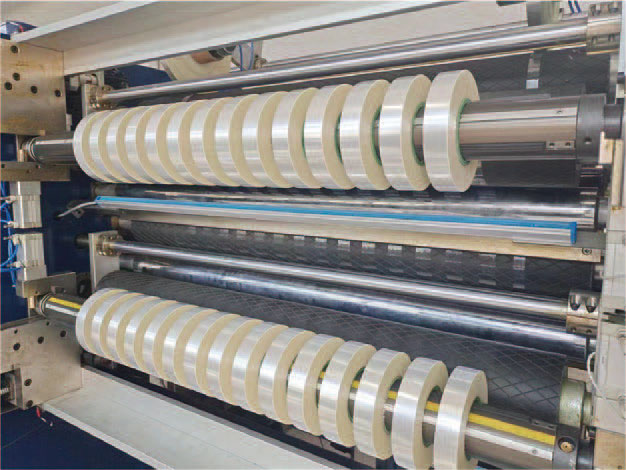
Second, fault self-check and predictive maintenance
1. Multi-sensor real-time monitoring
◦ Vibration sensor: Detects abnormal spindle or tool vibration (indicating bearing wear or insert imbalance).
◦ Temperature sensor: Monitor the temperature rise of the motor and bearing to prevent overheating and reduce accuracy.
◦ Acoustic analysis: Unusual noises (e.g., tool cracking) are captured through a microphone.
2. AI-driven defect detection
◦ The online vision system (CCD camera) scans the cutting edge, combines the deep learning algorithm to identify burrs, cracks and other defects, and sorts or stops the machine for real-time alarm.
3. Digital Twin and Simulation
◦ Build a digital twin of the slitter to simulate the cutting effect under different parameters (speed, tension) and predict the risk of scrap in advance.
4. Automatic diagnosis and alarm
◦ The PLC system integrates a fault code base to automatically locate problems (such as insufficient air pressure, encoder failure) and push the repair plan.
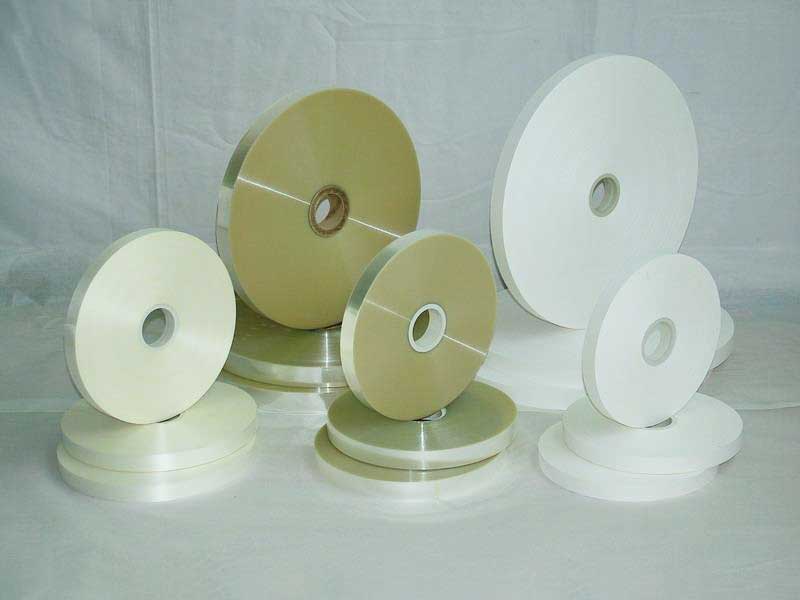
Third, process and management optimization
1. Material pretreatment
◦ Constant temperature and humidity treatment (e.g., 23±2°C, 50%RH) before film slitting to reduce the impact of environmental stress.
2. Intelligent parameter matching
◦ Automatically recalls the historical optimal parameters (tool speed, tension, overlap amount) according to the film type (PP, PET, etc.).
3. Regular maintenance schedule
◦ Clean the guide rollers every shift, calibrate the sensor weekly, and change the grease every month to avoid sudden failures.
4. Personnel training and standardization
◦ Operator training focus: anomaly identification (e.g., uneven winding), emergency shutdown process.
Fourth, economic benefit assessment
• Expected effect: The scrap rate can be reduced from 5% to less than 0.5%, and the overall equipment effectiveness (OEE) can be increased by 15%~30%.
• Return on investment: The cost of intelligent transformation is about 6~12 months, which can be recovered through waste reduction and capacity improvement.
Through the integration of the above technologies, the capacitor film slitting machine can achieve stable production of near-zero waste, which is suitable for the strict requirements of high-end electronic films such as MLCC base films. It is necessary to choose a phased implementation plan according to the actual budget of the enterprise.
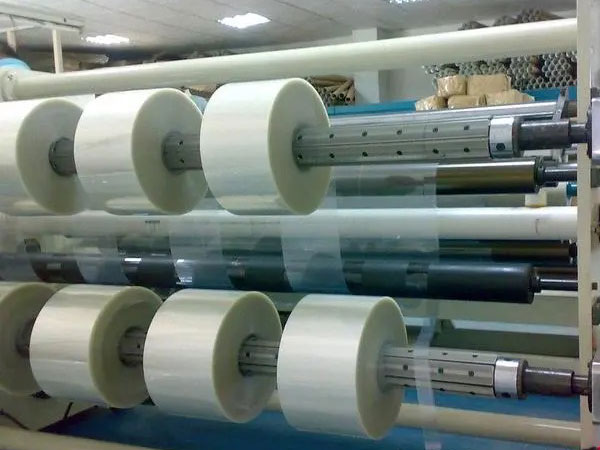 How to optimize the capacitor film slitting process? Equipment upgrade and parameter adjustment tips
How to optimize the capacitor film slitting process? Equipment upgrade and parameter adjustment tips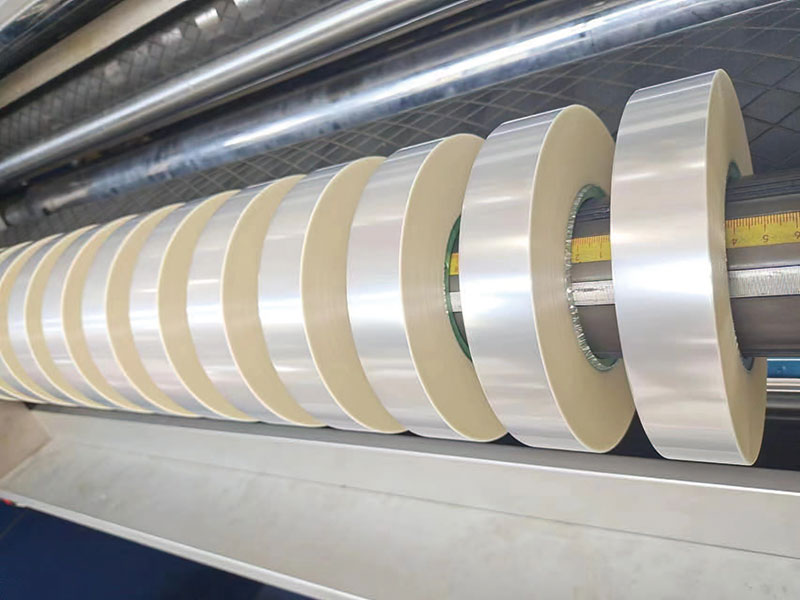 The core equipment of future film processing: the innovative direction of capacitor film slitting machine
The core equipment of future film processing: the innovative direction of capacitor film slitting machine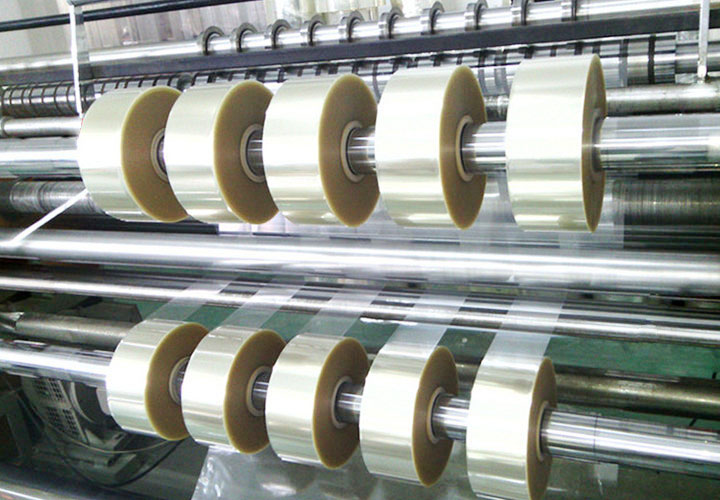 Ultra-thin material processing tool: the application of capacitor film slitting machine in the field of precision electronic film
Ultra-thin material processing tool: the application of capacitor film slitting machine in the field of precision electronic film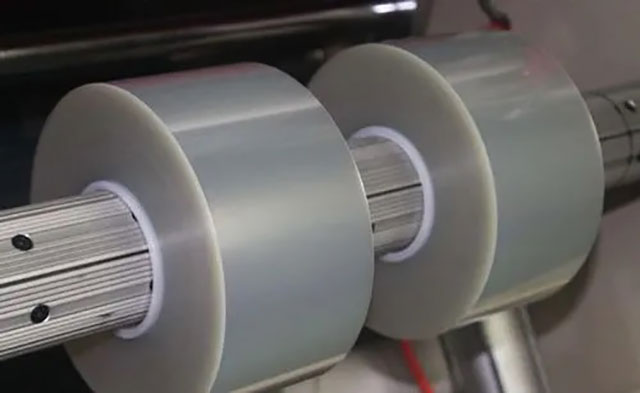 From electronics to packaging: Cross-sector application examples of capacitor film slitting machines
From electronics to packaging: Cross-sector application examples of capacitor film slitting machines Quick tool change + automatic adjustment: how can capacitor film slitting machine improve production efficiency?
Quick tool change + automatic adjustment: how can capacitor film slitting machine improve production efficiency?